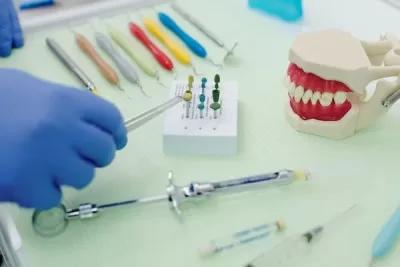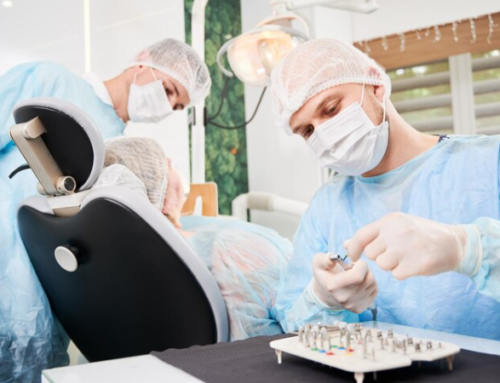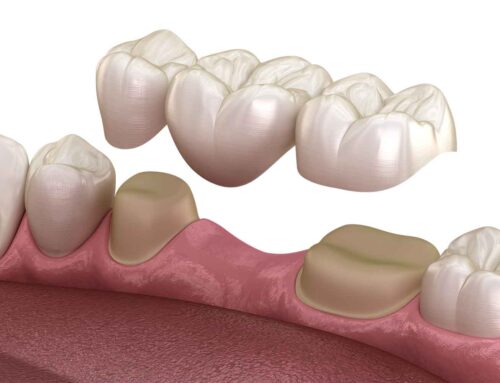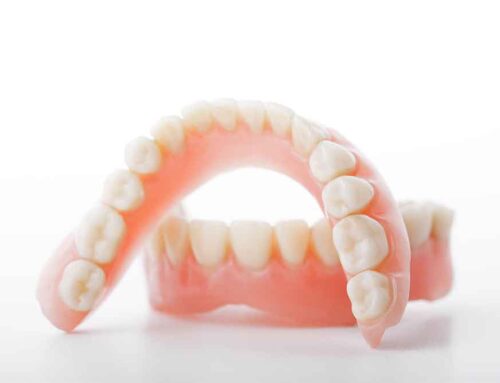 Imagine a world where, after a dental procedure, your teeth could heal themselves. No more cavities or extractions, just your teeth regenerating to their original state. Sounds too futuristic? The world of dentistry is indeed inching closer to making this a reality with the emergence of bioactive dental materials. Let’s dive deep into this groundbreaking area and unravel the magic behind it.
Imagine a world where, after a dental procedure, your teeth could heal themselves. No more cavities or extractions, just your teeth regenerating to their original state. Sounds too futuristic? The world of dentistry is indeed inching closer to making this a reality with the emergence of bioactive dental materials. Let’s dive deep into this groundbreaking area and unravel the magic behind it.
What Are Bioactive Dental Materials?
At its core, a bioactive material is one that interacts with living tissue. In the dental sphere, this means materials that can not only bond securely to the tooth but also support the tooth’s natural healing and regeneration process. Instead of being passive fillers, these materials work hand-in-hand with the body’s biology.
Why the Buzz?
Traditional dental fillings, like amalgam or composite resins, do a great job at filling the gap where decay once was. But that’s just it — they fill, they don’t heal. Over time, these fillings might break down or become loose, potentially leading to new decay underneath.
Bioactive materials change this narrative. They not only bond with the tooth, but they can also release minerals like calcium, phosphate, and fluoride, which are essential for tooth remineralization. This remineralization process essentially equips the tooth to repair itself, reducing the risk of future decay or breakdown.
Pushing Boundaries: Natural Tooth Regeneration
While the ability to support remineralization is groundbreaking in itself, the future holds even more promise. Scientists are exploring ways to use bioactive materials to encourage stem cells in the pulp (the innermost part of the tooth) to differentiate into dentin-producing cells. If successful, this could lead to a scenario where teeth, once damaged, could regenerate a significant part of their structure, much like how our skin heals after a cut.
A Bright Future Ahead
The future of dental care is undoubtedly exciting, and here’s why:
- Reduced Dental Procedures: With the ability of teeth to self-repair and regenerate, we might see a decline in the need for frequent dental interventions, leading to healthier smiles and reduced costs.
- Sustainability: Bioactive materials, being more in sync with our body’s natural processes, might reduce the need for synthetic fillers, aligning dental care more closely with sustainability and eco-friendliness.
- Improved Oral Health: The continuous release of minerals by bioactive materials can create an environment in the mouth that’s resistant to bacterial colonization, potentially leading to fewer cavities and improved overall oral hygiene.
Challenges and Considerations
However, like any pioneering field, there are challenges. The long-term effectiveness and stability of these materials still need more extensive research. Dental professionals will need training to work with these advanced materials, ensuring that patients reap the maximum benefits.
Also, it’s crucial to remember that while these advancements can significantly aid oral health, they’re not a substitute for good oral hygiene practices. Regular brushing, flossing, and dental check-ups remain essential.
Bioactive dental materials are opening a world of possibilities, ushering in a new era where our teeth might someday be capable of self-healing and regeneration. This transformative approach could redefine dental care, ensuring that our smiles remain not just beautiful but also healthier for longer.
So, the next time you find yourself in the dentist’s chair, remember that the world of dentistry is evolving rapidly. The innovations around the corner might soon make the phrase “preventing tooth decay” sound old-school, replacing it with “promoting tooth regeneration”.
Understanding the Exciting World of Tooth Regeneration and Bioactive Dental Materials
Dental science has progressed leaps and bounds over the past few decades, and there’s a buzz in the industry about tooth regeneration and new-age materials. Let’s explore these developments further and shed light on these intriguing topics.
Is Tooth Regeneration Possible In Future?
- Absolutely! Researchers are optimistic about the future potential of tooth regeneration.
- The aim is for teeth to regenerate lost or damaged structures, much like our skin repairs itself after minor injuries.
- This advancement could revolutionize dental care, potentially reducing or even eliminating the need for fillings, crowns, and other prosthetics in many cases.
What Are The New Bioactive Materials In Dentistry?
- Bioactive materials are an evolution in dental science. They stand out because:
- They don’t just act as passive fillers but actively interact with the surrounding tooth tissue.
- These materials can release beneficial minerals that help teeth rebuild and strengthen themselves.
- Bioactive materials have started to challenge the traditional dental restorative approaches, promising longer-lasting and more holistic dental solutions.
What Is The New Research On Tooth Regeneration?
- The arena of tooth regeneration is abuzz with fascinating research.
- One of the primary focuses is on stem cells. Scientists believe that stimulating certain stem cells in the tooth pulp (its core) can encourage them to transform into cells that produce dentin — a major component of our teeth.
- Research is also ongoing into harnessing the potential of bioactive materials to support and amplify the tooth’s natural healing processes.
- Another exciting avenue is looking at how to stimulate the body’s innate healing mechanisms in the mouth to encourage full tooth regeneration.
What Is An Example Of A Bioactive Dental Material?
- One of the most talked-about bioactive dental materials is Biodentine.
- Biodentine acts much like dentin, the natural material inside our teeth.
- It has shown promise in various dental applications, especially in root and pulp treatments, thanks to its bioactive and biocompatible properties.
- What’s impressive about Biodentine is its ability to release calcium and other minerals. These minerals play a critical role in supporting the tooth’s remineralization and overall health.
- Due to its properties, it not only offers a strong bond but also promotes a healthier tooth environment.
Dental science and technology are pushing boundaries like never before. The prospect of natural tooth regeneration might sound like something out of a sci-fi movie, but current research and developments are turning this dream into a potential reality. Coupled with the innovative rise of bioactive dental materials, the future promises dental care that is not only more effective but also more in sync with our body’s natural processes. It’s an exciting time for both dental professionals and their patients.
Your Smile Deserves the Best!
At Monahan Family and Cosmetic Dentistry, we are passionate about ensuring your smile is as healthy, bright, and confident as it can be. We pride ourselves on being at the forefront of dental technology and are excited about the possibilities bioactive dental materials bring to our practice. Why wait to experience the future of dental care? Book your appointment with us today, and take the first step towards a healthier, happier smile.








